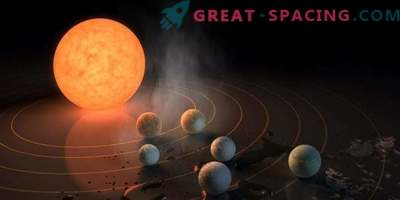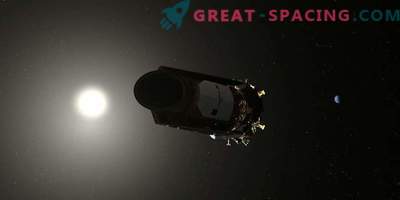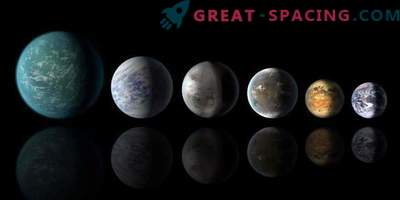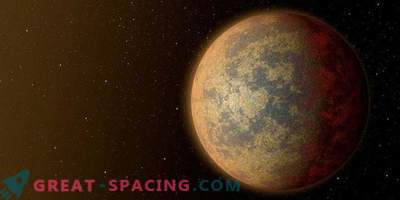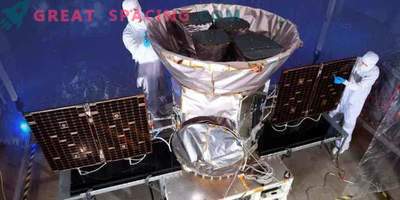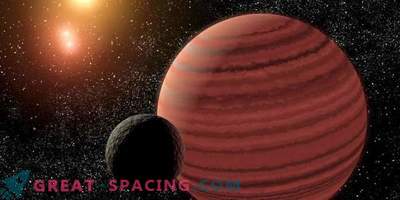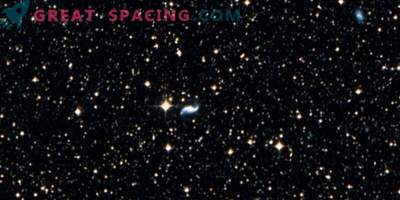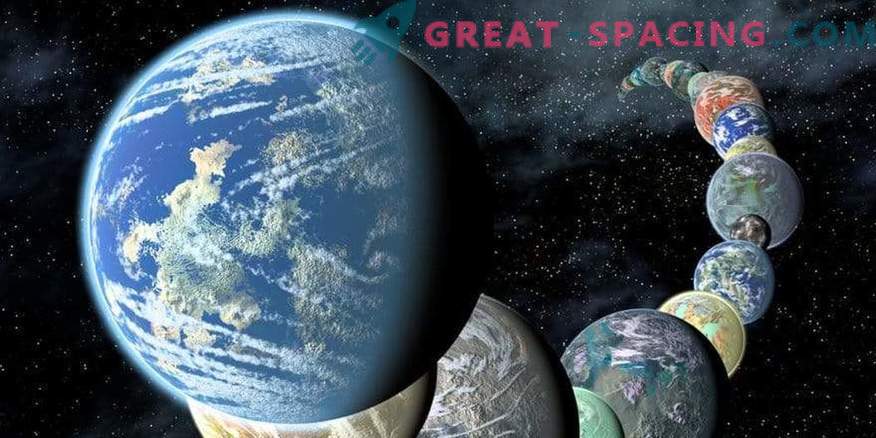
The artistic vision of varieties of rocky and potentially inhabited worlds elsewhere in the Milky Way galaxy. The data from Earth and space telescopes suggests that this is a common type of planets.
Perhaps the number of potentially suitable exoplanets will have to change. Taking into account the work of the NASA telescope, Kepler managed to find about 30 exoplanets of terrestrial size in the habitat zone (the temperature allows it to be on the surface of liquid water). Or do researchers only think so?
New observations of the spacecraft ESA Gaia show that the real number is capable of reaching only 2-12 such worlds. Gaia was launched in December 2013 to create an ultra-precise 3D map of the Milky Way. This map includes location information for 1.7 billion stars and a distance of 1.3 billion stars. Observations show that some objects are brighter and larger than Kepler thought. And this means that the planets near them should heat up more and grow in size.
The moment of temperature is simple: the brighter the star, the more heat is dumped onto the planet. Kepler searched for the worlds in transit, noting the tiny dips of brightness when the planet passes in front of his native star. That is, estimates of the size of the planets are based on the percentage loss of brightness by a star when light is blocked. If you reconsider the diameter of the star, you will have to change the indicators of its planet.
Of course, new results should not destroy the hope that earthly life is not the only one in the galaxy. There are still many potentially inhabited worlds in the Milky Way. However, Gaia shows that we have so far little information about these planets. It is still not clear how big the world should be to be considered rocky. There is also a habitat zone concept. It is based solely on the orbital distance, ignoring the important characteristics of the planets, like the mass (affects the ability of the world to retain the atmosphere). And who said that the alien life needs the presence of liquid water on the surface? A number of frozen moons in the solar system (Europe and Enceladus) hide the oceans under the ice crust, which means they are capable of supporting life.
The Kepler mission (cost - $ 600 million) was launched in March 2009. In the period of the 4-year main mission, the telescope simultaneously scanned 150,000 stars, watching the transit. This mission ended in May 2013, when the second of the four orientation wheels failed.
In 2014, the K2 mission began, where the ship watched a multitude of space objects and phenomena during the 80-day campaigns. Some of them concerned the hunt for planets. Thus, 354 of the 2681 confirmed worlds fall on the K2 period. In general, Kepler falls to 70% of the 3,800 exoplanets. And his calculations will continue to grow, because about 3000 candidates are awaiting confirmation of status.

